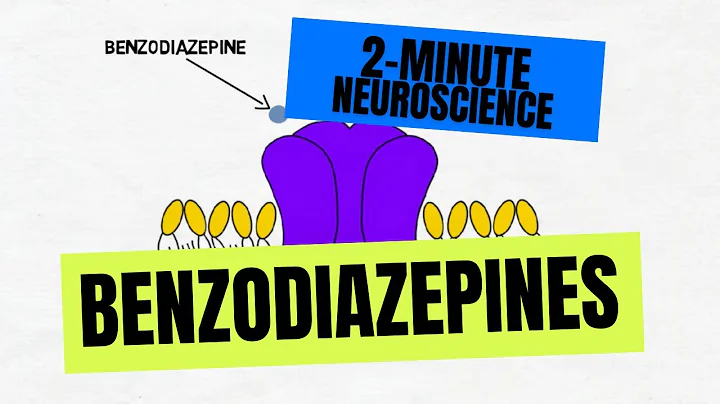Abstract: Misdiagnosis means that medical staff give wrong diagnosis due to poor observation and examination, or due to insufficient professional and technical level. The purpose of diagnosis is to determine the nature of the disease and then select targeted and timely treatment so that the condition can improve. Once misdiagnosed, it will not only delay the treatment of the patient's condition, but may also cause new diseases and injuries to the patient due to incorrect medication, surgery and other treatment processes.
[Case Brief]
On May 3, 2011, the patient Xu went to the general surgery department of a certain hospital for treatment due to acute abdominal pain. was diagnosed with pelvic inflammatory disease and appendicitis, and underwent laparoscopy on May 4. Lower pelvic abscess evacuation + appendectomy + intestinal adhesiolysis.
html At 1:40 on May 6, the patient suddenly twitched his limbs, lost consciousness, and foamed at the mouth. It lasted for about 1-2 minutes and then recovered. After treatment, he had recurring attacks. At 4:35, he developed ventricular fibrillation. After continuous resuscitation, the patient was still diagnosed with ventricular fibrillation and could not be cardioverted. He was declared clinically dead at 10:15.
The cause of death appraisal opinion is that the patient died of septic shock due to peritonitis on the basis of suffering from enteritis and pus accumulation on the serosa surface of the bilateral ovaries, uterus and bladder.
There was no connection between the cause of death appraisal and the admission diagnosis . The family members questioned the hospital's diagnosis and treatment, so they appealed to the court to request further judicial appraisal.

[rights protection process]
Medical damage identification opinion is that the cause of death of the patient was severe hypokalemia resulting in malignant arrhythmia , which was not consistent with death from septic shock. From the time he was admitted to the hospital on May 3 to the time he developed ventricular fibrillation on May 6, he continued to suffer from hypokalemia without a drop in blood pressure, peripheral circulatory failure and other shock symptoms. The main symptoms of his condition changes were repeated convulsions and sudden ventricular fibrillation. , not consistent with the clinical manifestations of shock.
patient's symptoms in the early morning of May 6 were persistent ventricular fibrillation and repeated cardiac arrest, which was consistent with the pathological process caused by hypokalemia. Severe hypokalemia can cause serious harm to the circulatory system and can cause ventricular flutter, ventricular fibrillation, cardiac arrest and sudden death. When the patient developed ventricular fibrillation, the doctor gave furosemide to aggravate the condition. Medical negligence is the main factor leading to patient death, and the patient's own disease is a secondary factor. It is recommended that the participation rate of medical negligence is 61%-90%.
After the results were obtained, the family members began to defend Xu’s rights. After investigation, it was learned that Xu was admitted to the hospital on May 3 and the electrolyte test showed hypokalemia. The electrolyte tests on May 5 and 6 clearly showed severe hypokalemia. However, the medical side did not pay attention to it and did not take timely measures to correct the hypokalemia state. Even when the patient developed ventricular fibrillation due to persistent hypokalemia, furosemide was given, which further aggravated the patient's condition and led to mistreatment (furosemide has contraindications for the use of drugs in patients with hypokalemia).
[Judicial Judgment]
comprehensively combines the opinions of all parties and the appraisal results. The court held that medical negligence was the main factor leading to the patient's death, and the patient's own disease was a secondary factor. The first instance ruled that a hospital in Guangzhou should bear 80% of the civil liability and compensate the family of the deceased 595240.96 yuan.
The hospital was dissatisfied with the verdict and appealed. However, the second instance still upheld the original verdict.
[Small Law Interpretation]
According to Article 1221 of the " Civil Code of the People's Republic of China " [Definition of fault of medical staff in diagnosis and treatment activities] Medical staff failed to perform medical duties consistent with the medical standards at the time during diagnosis and treatment activities. If the medical institution performs diagnosis and treatment obligations corresponding to the level of the patient and causes harm to the patient, the medical institution shall be liable for compensation.
Due to the limitations of medicine, the complexity of diseases and the differences in medical technology levels, judging from clinical medicine practice, it is not uncommon for medical staff to fail to correctly diagnose the condition for a while, and this does not necessarily constitute negligence.However, in this case, the doctor was able to diagnose the patient's hypokalemia based on the current medical level, but failed to make a diagnosis. The diagnosis and treatment were not timely enough, and treatment was delayed, which led to the patient's death and serious consequences. So you have to bear the liability for compensation.
[Tips]
In trial practice, whether misdiagnosis and mistreatment constitute negligence is generally judged from the following aspects: First, if it is difficult to diagnose due to the technical level of the medical institution, it is mainly based on the level of the hospital to exclude insufficient diagnosis and treatment facilities and the quality of medical personnel. Not high factors; second, for those with atypical clinical symptoms, such as insidious conditions, it is emphasized whether medical staff have conducted necessary differential examinations; third, whether the diagnosis complies with standards, such as whether consultation or auxiliary examination is needed, and whether medical actions are Implementation in accordance with operating specifications; fourth, whether diagnosis and treatment are timely.





















